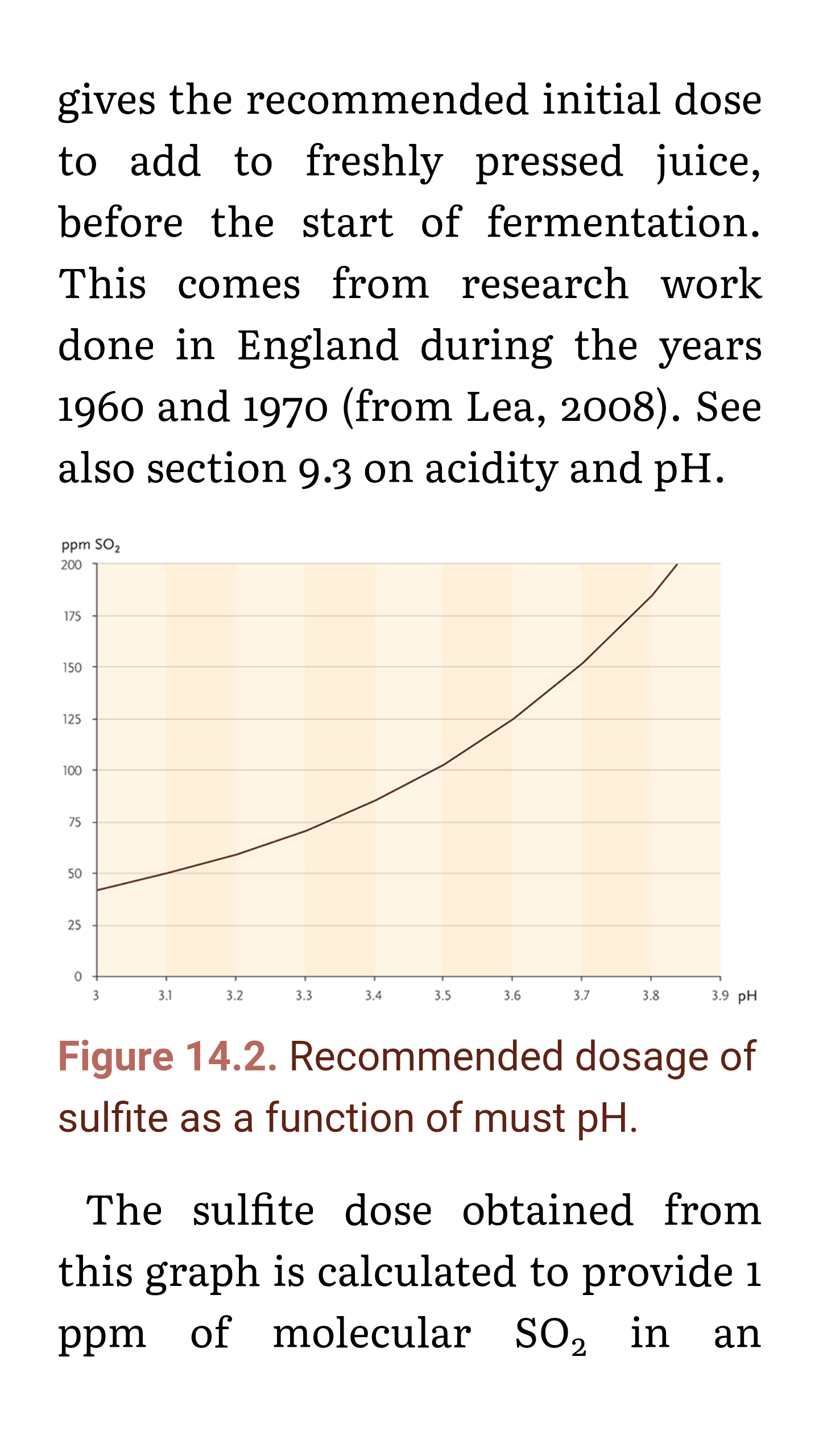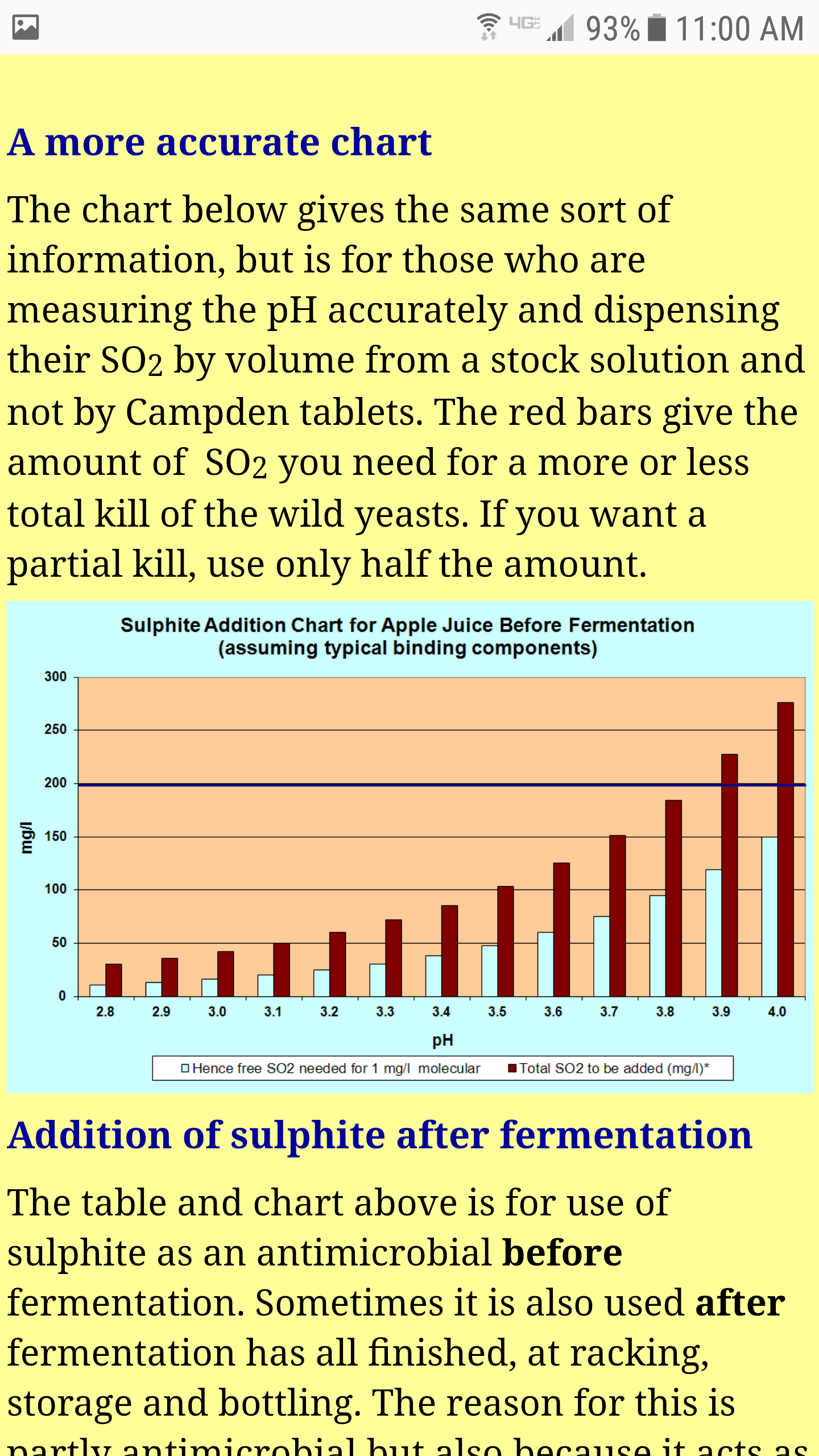Help! I'm seeing zero fermentation from a 6-gal batch of cider. using fresh apple juice from a local mill and blend of apples. The juice has no additives and hasn't been heated, UV'd etc.
After sulfiting to 100 ppm and adding a little pectinase, I waited a coupled days then pitched WLP611 New Nordic Ale Yeast, which I haven't tried before, and a little yeast nutrient, and shook it up to get some O2 in the mix.
After a week, nothing was happening so I checked the SG and it was 1.055, same as when it started. So thinking the yeast went bad somehow, I re-racked it and pitched with a dry packet of Cider House Select. A week later absolutely nothing happening. Without re-racking it, I pitched Fermentis SafCider, rehydrated according to mfg tech sheet. A couple days later, still nothing happening. It's in my semi-underground garage with a steady temp of 61 deg F, using containers cleaned with StarSan as usual. Juice ph 3.5. I've made numerous batches of kombucha and cider and have never seen this problem. It's not that fermentation has stuck - it never got started.
Any suggestions, ideas welcome. Thanks, Tom
After sulfiting to 100 ppm and adding a little pectinase, I waited a coupled days then pitched WLP611 New Nordic Ale Yeast, which I haven't tried before, and a little yeast nutrient, and shook it up to get some O2 in the mix.
After a week, nothing was happening so I checked the SG and it was 1.055, same as when it started. So thinking the yeast went bad somehow, I re-racked it and pitched with a dry packet of Cider House Select. A week later absolutely nothing happening. Without re-racking it, I pitched Fermentis SafCider, rehydrated according to mfg tech sheet. A couple days later, still nothing happening. It's in my semi-underground garage with a steady temp of 61 deg F, using containers cleaned with StarSan as usual. Juice ph 3.5. I've made numerous batches of kombucha and cider and have never seen this problem. It's not that fermentation has stuck - it never got started.
Any suggestions, ideas welcome. Thanks, Tom









































![Craft A Brew - Safale BE-256 Yeast - Fermentis - Belgian Ale Dry Yeast - For Belgian & Strong Ales - Ingredients for Home Brewing - Beer Making Supplies - [3 Pack]](https://m.media-amazon.com/images/I/51bcKEwQmWL._SL500_.jpg)



















